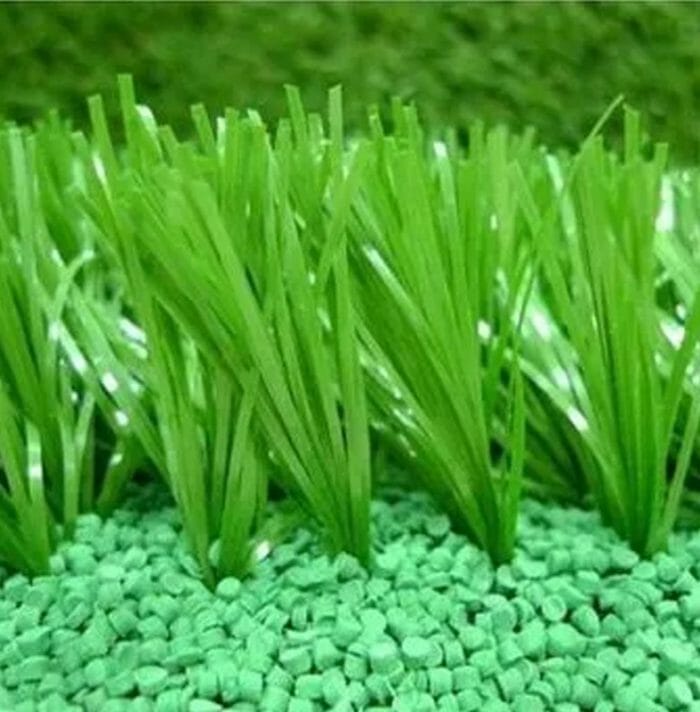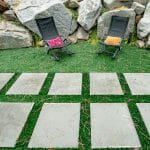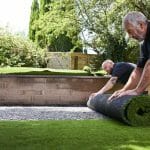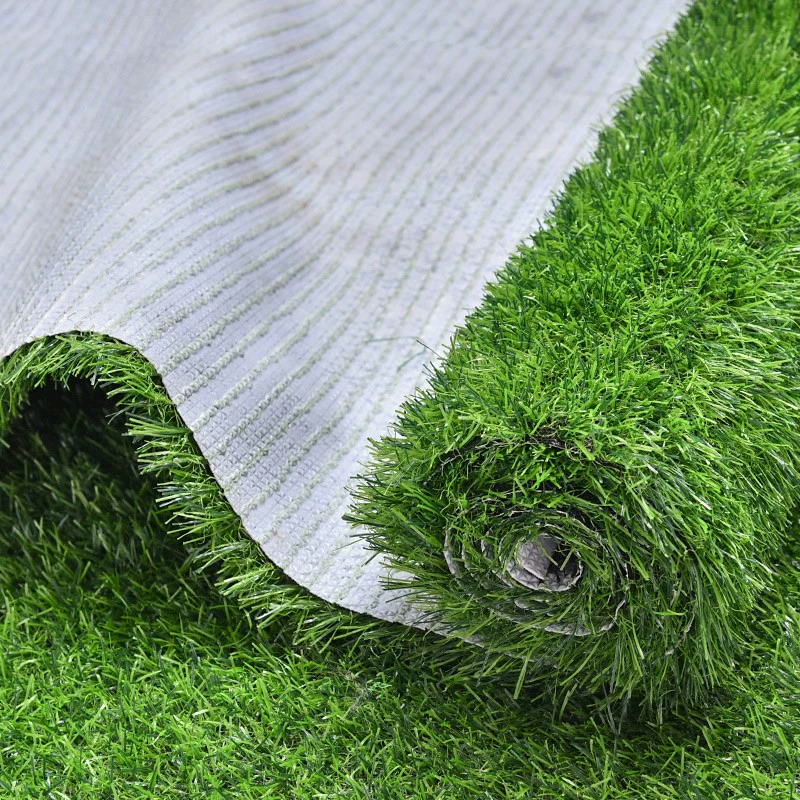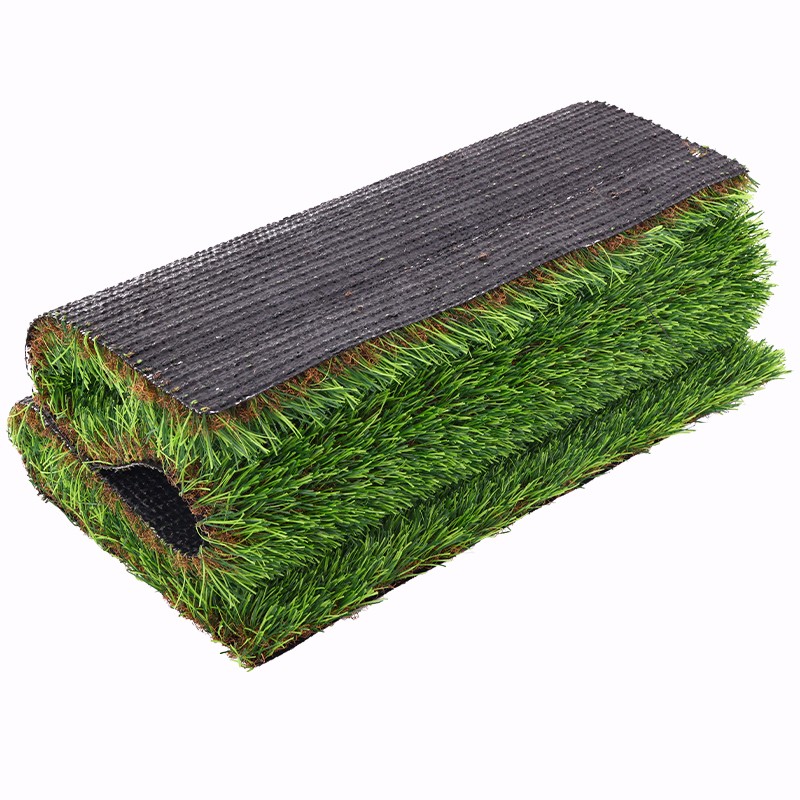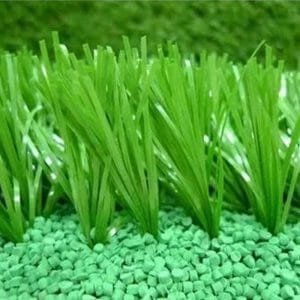
Infill for Artificial Grass: Understanding its Role and Types
Infill plays a crucial role in enhancing the performance, safety, and overall aesthetics of artificial grass installations. It refers to the material that is placed within the synthetic turf fibers to provide support, stability, and cushioning. Infill contributes to creating a more natural look and feel, as well as maintaining the structural integrity of the artificial grass. Let’s delve into the significance of infill and explore the different types available.
Importance of Infill:
1. **Enhanced Resilience:** Infill adds resilience to the artificial grass, helping the blades to stand upright and recover from foot traffic, play, or other activities.
2. **Improved Drainage:** Proper infill selection and distribution assist in drainage by preventing water from pooling on the surface, which is particularly important during heavy rainfall.
3. **Shock Absorption:** Infill provides a cushioning effect, making the artificial turf safer for activities like sports and play, as it reduces the impact on joints and provides a softer landing.
4. **Reduced Compaction:** Infill helps in minimizing the compaction of the artificial grass fibers, which can occur over time due to use.
Types of Infill:
1. **Silica Sand:** Silica sand is one of the most common types of infill. It offers stability, helps blades stand upright, and improves drainage. However, it may not provide as much cushioning as other types.
2. **Rubber Granules:** Recycled rubber granules are often used for infill, particularly in sports fields. Rubber provides excellent shock absorption and is suitable for high-impact activities.
3. **Coated Sand:** Coated sand infill consists of silica sand coated with a non-toxic material. It provides a good balance between stability and cushioning.
4. **Organic Infill:** Made from natural materials like cork or coconut fibers, organic infill is environmentally friendly and can help regulate temperature. However, it may require more maintenance.
5. **Thermoplastic Elastomer (TPE):** TPE infill is a modern option that offers the benefits of both rubber and sand infill, including good shock absorption and stability.
Factors to Consider:
1. **Intended Use:** The type of infill you choose should align with the primary use of the artificial grass area. Sports fields may require different infill than a residential lawn.
2. **Climate:** Consider your local climate when selecting infill. Some infill materials may retain heat, affecting the turf’s temperature.
3. **Budget:** Different types of infill come at different price points. Consider your budget when making your choice.
4. **Environmental Impact:** Some infill materials, like rubber, raise concerns about their environmental impact and potential health effects. Organic infills may be a greener option.
In conclusion, infill is a crucial component of artificial grass installations, enhancing the turf’s performance and aesthetics. The choice of infill depends on factors such as intended use, climate, budget, and environmental considerations. Consulting with professionals or manufacturers can help you select the most suitable infill type for your specific needs.


